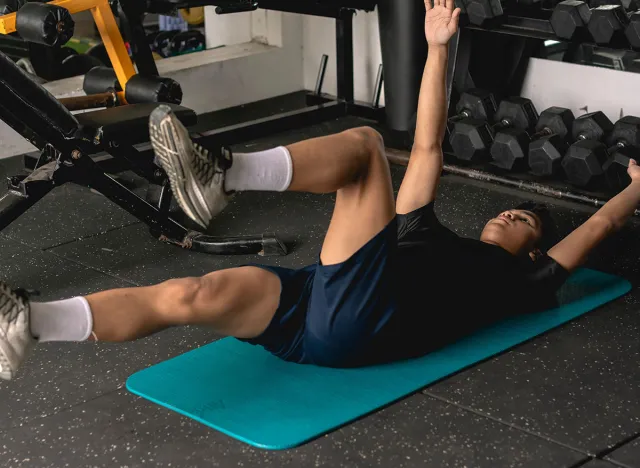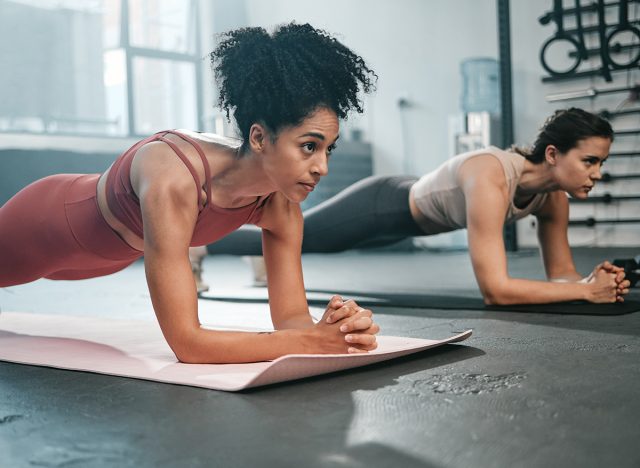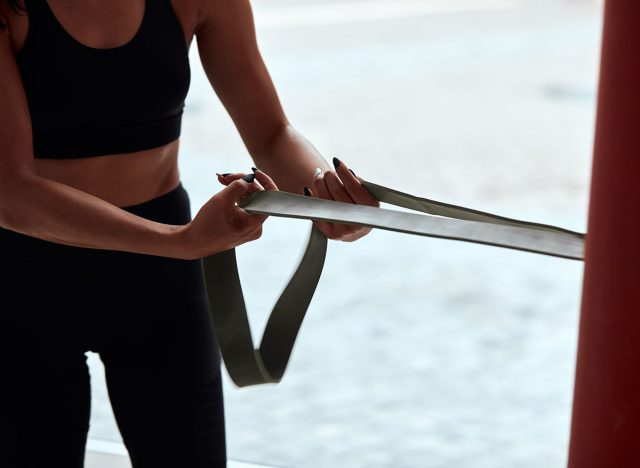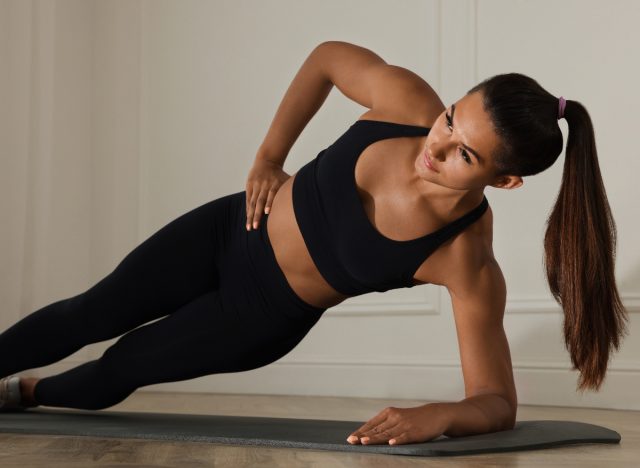If You Can Hold a Plank This Long at 40+, Your Core Is Exceptionally Strong

The plank is one of the most honest tests of strength and stability. It challenges your entire body with nothing more than the weight of your body and the floor beneath you. Especially as you reach 40 and beyond, the plank becomes a litmus test for injury prevention, posture, and functional endurance.
You don’t need endless crunches or hours of ab circuits to gauge your core strength. The truth is, if you can hold a high plank for a specific amount of time without sagging or shaking, your core is holding up to a gold standard. That’s exactly what this test reveals. And if you’re over 40 and can hit the benchmark, you’re in the top tier.
Let’s break down the why behind the test, how to do it right, and the time goal that separates strong from exceptional.
Why the Plank Is the Core Test That Matters
Planks are a challenging total-body move that tests everything from your deep core stabilizers to your shoulders, glutes, and back. When done correctly, it creates full-body tension and reveals just how well your muscles coordinate and resist fatigue.
If you start shaking after 20 seconds or your hips drop within the first minute, your body is telling you something. Your core isn’t strong enough to support you under load for long durations. On the other hand, holding a strong plank for an extended time shows that your core has the endurance and stability needed for real-world movement, whether you’re lifting, carrying, or protecting your spine during everyday tasks.
How to Perform the Plank Test
To get an accurate measure of your core strength, your form needs to be locked in from the start. Follow these steps:
How to Do It:
- Get on the floor in a high plank position. Stack your shoulders over your wrists.
- Keep your feet together. Squeeze your glutes and quads.
- Brace your core by pulling your belly button toward your spine.
- Keep your neck neutral. Eyes should stay fixed on the ground.
- Start the timer. Hold with perfect form. No sagging. No lifting your hips too high.
Stop the clock as soon as your form breaks.
The Plank Time Standard for 40+
Your plank hold time reveals a great deal about your core strength and how well your body can withstand a physical challenge. It’s about maintaining proper form while your muscles fight fatigue. If you’re over 40, reaching the top tier means your core is doing its job more effectively than most. Here’s how your hold time stacks up:
- Under 30 seconds: Time to focus on building endurance and fixing imbalances.
- 30 to 60 seconds: Solid, but there’s room to improve.
- 60 to 90 seconds: Strong. Your core can handle real-world challenges.
- Over 90 seconds with perfect form: Exceptional. You’ve built next-level stability and strength.
If you’re over 40 and can hold a high plank with locked-in form for more than 90 seconds, you’re ahead of the curve.
Want to Improve Your Time? Do These Moves
If you fall short of the 90-second benchmark, don’t sweat it. You can build up your plank strength quickly with consistency and innovative training. Add these five moves to your weekly routine to strengthen your total core, enhance stability, and improve anti-rotation control.
Plank Shoulder Taps: Builds anti-rotation control and increases tension.

- Start in a high plank.
- Tap your right shoulder with your left hand.
- Switch sides without letting your hips twist.
Dead Bugs: Targets deep core muscles and reinforces neutral spine control.

- Lie on your back.
- Raise your arms and legs.
- Lower your right arm and left leg at the same time, then return.
- Alternate sides.
RKC Planks: Increase the intensity and engage full-body tension.

- Get into a low plank on your forearms.
- Squeeze your glutes, quads, and fists.
- Pull your elbows toward your toes.
- Hold for short bursts of 10 to 20 seconds.
Pallof Holds: Trains anti-rotation strength, which directly supports plank control.

- Stand with a resistance band anchored at chest height.
- Hold the band with both hands and extend your arms straight in front.
- Resist the band pulling you sideways.
- Hold for 20 to 30 seconds, then switch to the other side.
Side Plank Holds: Targets your obliques and builds lateral core stability.

- Lie on your side with your forearm under your shoulder.
- Stack your feet and lift your hips until your body forms a straight line.
- Hold for 30 to 60 seconds per side.